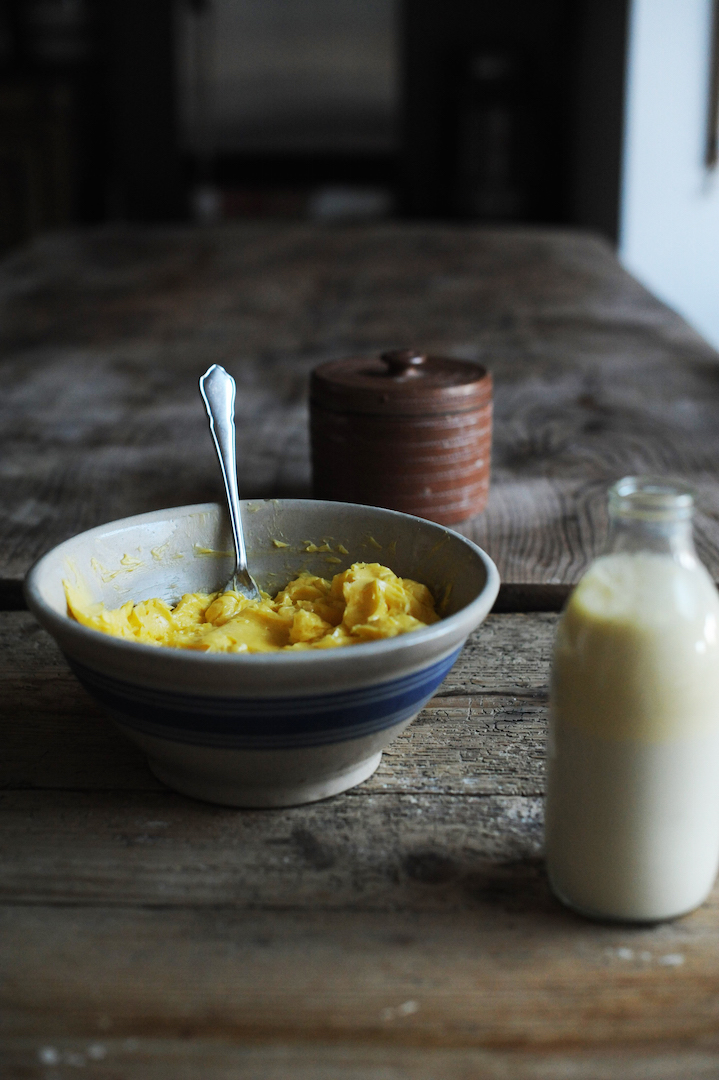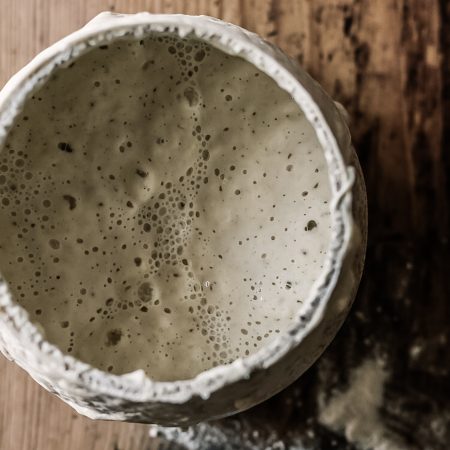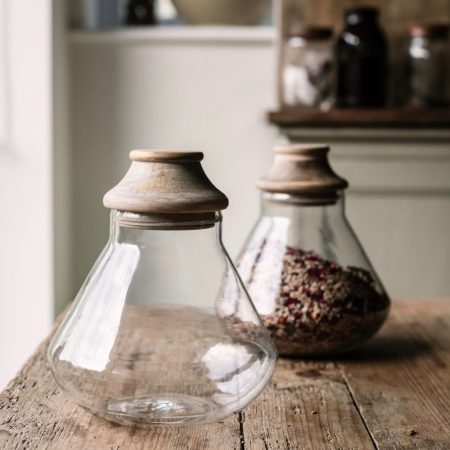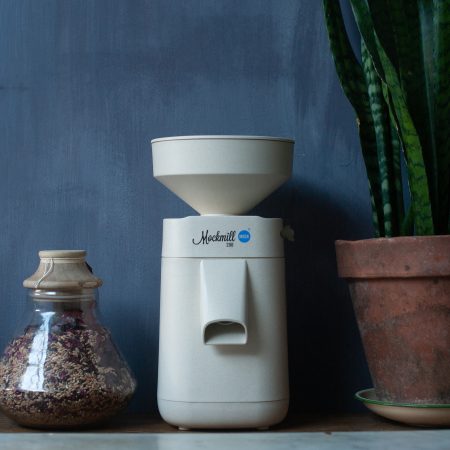How to make a cultured butter to support gut health.
I started making my own butter because I absolutely love real buttermilk. As I began to understand the role of probiotics in supporting the gut I started to inoculate my butter, with lactic acid bacteria. There is allot of research to show how certain strains of lactic acid bacteria can be beneficial to the gut. This really appeals to me...the idea of creating a butter that is going to support the gut as part of our 7 course principles really elevates the nourishment to the gut for the humblest of foods, but what is really important to understand is that you would need strain specific evidence to really be able apply the research on specific health benefits:
This is a guide to which bacteria to look out for to inoculate your butter with strain specific bacteria.
To continue reading about this recipe, subscribe now for unlimited access and join the Club.
Learn to make sourdough – you will be able to order a free sourdough starter to get you going. Start your journey today and find out more about how sourdough is the healthiest bread, and how to apply our 7 core principles to your baking to help your digestion and benefit your overall health and wellbeing.
There is a world of information and core knowledge inside the Club, and you will be supported by a whole community of bakers as you learn.
The Club is alive with baking and conversations: discover the latest research, tips, enjoy regular inspiring recipes and brilliant webinars, explore our lively and interactive forum and get access to member discounts. You will also get updates with news to be in the know before anyone else about the latest books by Vanessa Kimbell and the courses on offer at the Sourdough School.
To join the Sourdough Club, click here.
If you are not able to join at the moment, then please subscribe to our Sourdough Club magazine and keep up to date.
In the meantime, please do follow us on Instagram & Facebook.
LOVE BAKE NOURISH




